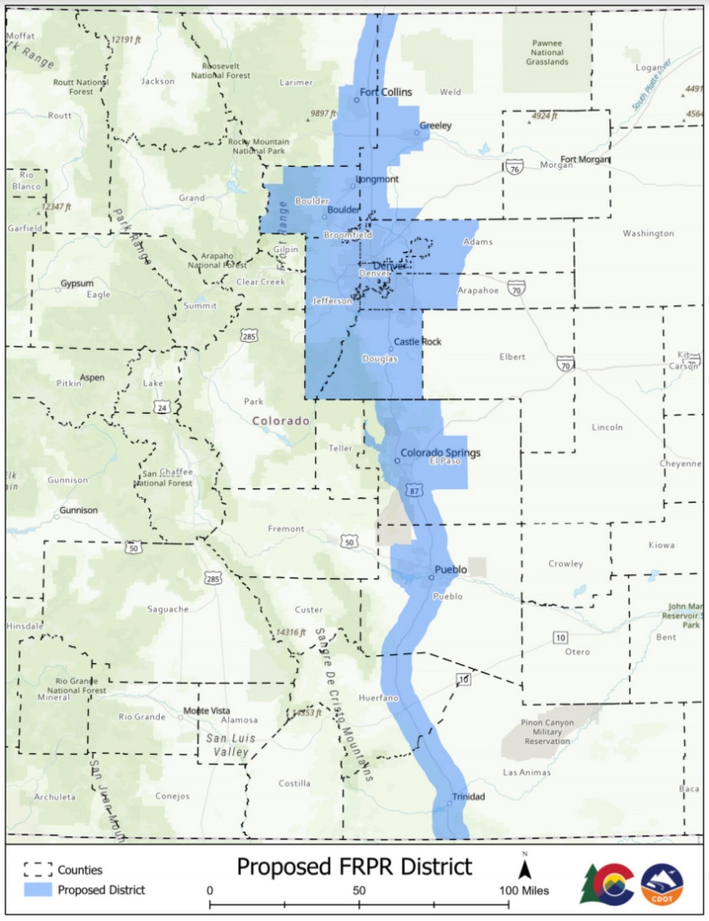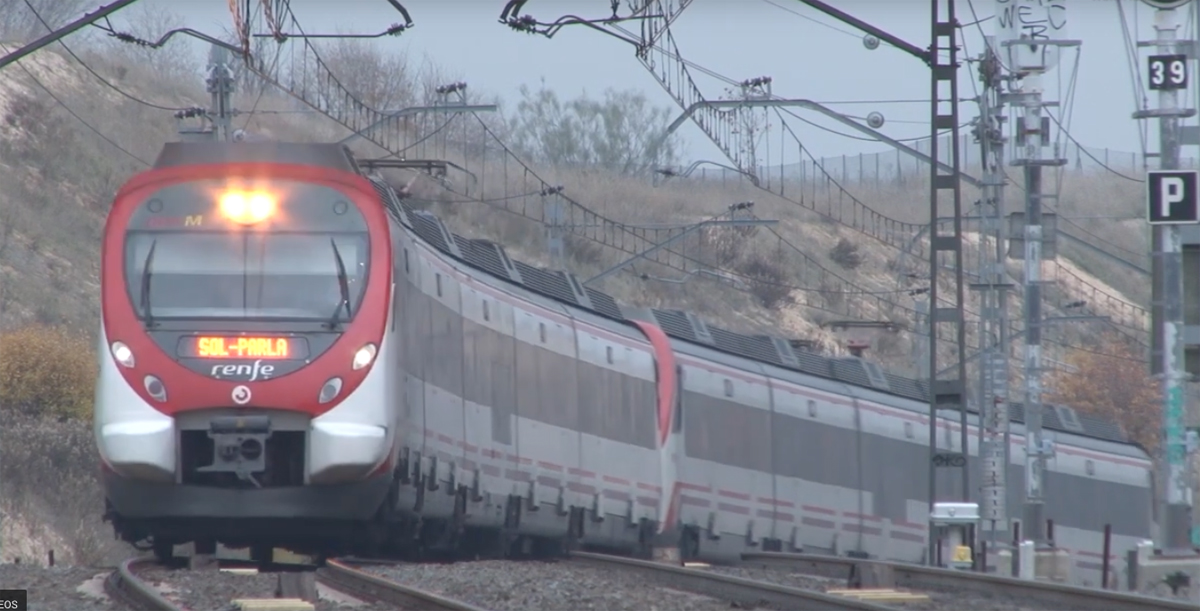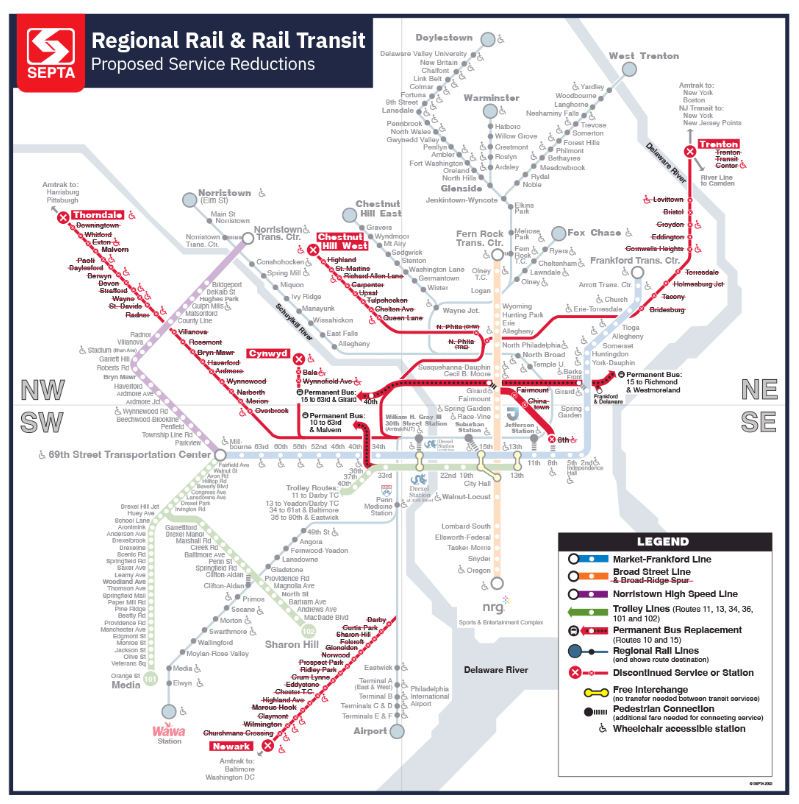
PUEBLO, Colo.— Efforts to create a passenger rail service along Colorado’s densely populated corridor between Fort Collins and Pueblo took a major step forward Wedneday, as Gov. Jared Polis has signed the bill creating a special taxation district to help fund the project.
Senate Bill 238 does not guarantee funding for the project, as state Rep. Matt Gray noted in a report by the Colorado Sun. But it creates the opportunity for federal partnerships that can help funding.
The taxation district includes all or part of 13 counties along the front range in a band from the Wyoming state line in the north to the New Mexico line in the South. Voters in the district will have to vote to approve a tax for the project, but that will come only after a board created by the bill, creates a detailed plan to develop, operate, and finance the service.
That board will include six members selected by the governor, seven by regional planning organizations, and one chosen by the Colorado Department of Transportation. BNSF, Union Pacific, Amtrak, and Denver’s Regional Transportation District will be able to appoint non-voting members, as will the governors of New Mexico and Wyoming.
The bill allows for the possibility of combining the Front Range project with the long-promised commuter rail line from Denver to Longmont, Colo., approved by Denver-area voters as part of a 2004 transit plan.
Polis, a Democrat, signed the bill Wednesday at Pueblo Union Depot, the 1890 train station which is now houses apartments, businesses, and an event venue. Its passage came despite opposition in some counties along the route, including El Paso County, which includes Colorado Springs. Commissioners there expressed concerns that money from their county might be used to finish the Denver-Longmont project [see “Digest: Officials in Colorado county say they oppose passenger rail district,” Trains News Wire, May 13, 2021].














So why are the citizens of Trinidad being asked to potentially pay for a commuter line that stops at Pueblo? What benefit will they ever see?
Plans actually include proposals to extend the train to a connection with the Southwest Chief at either Trinidad or La Junta, that is why they were included.
“Commissioners there expressed concerns that money from their county might be used to finish the Denver-Longmont project”. They have a right to be concerned. Denver to Longmont via Boulder is a Denver RTD commitment and should not be mixed with the FRPR. If they decide to drop the RTD commitment into the FRPR lap, then the RTD ratepayers or taxing authorities should pay for that segment.